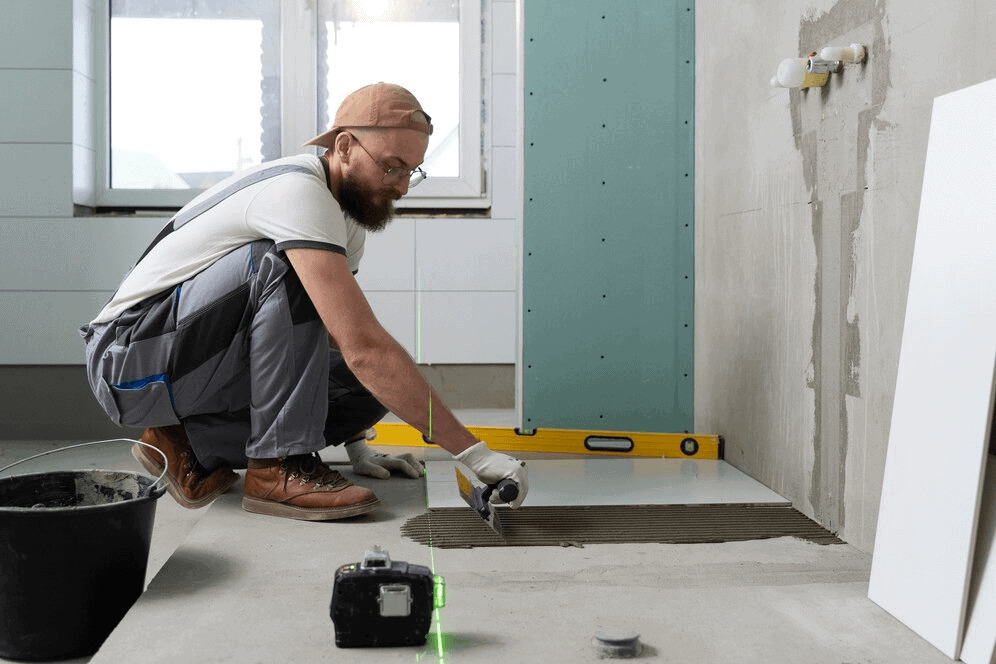Building a home is a significant investment, and ensuring its stability and protection is crucial for long-term value and safety. Homeowners must consider various factors, including sustainable practices, material choices, energy efficiency, technology, and landscaping, to create a robust and resilient structure. Understanding these elements can help you build or renovate your home with stability and protection in mind.
The Importance of Sustainable Building
Sustainable building is more than just a trend; it’s a necessity for the future of our environment and our homes. Sustainable practices minimize resource consumption, reduce waste, and lower environmental impact. This approach not only helps protect our planet but also ensures that homes are built to last.
By focusing on sustainability, homeowners can reduce their utility bills, improve indoor air quality, and create spaces that are more comfortable and livable. Furthermore, sustainable homes tend to maintain their value over time better than those built with traditional methods, providing financial stability for homeowners.
Choosing Sustainable Materials
When it comes to building or renovating your home, the materials you choose play a significant role in its overall stability and sustainability. Selecting materials that are renewable, recyclable, or have low environmental impact is essential. For instance, using a cedar shake roof can enhance your home’s aesthetic appeal while providing excellent durability and insulation. Cedar shakes are naturally resistant to rot and pests, making them a great choice for those looking to minimize maintenance and extend the lifespan of their roofing system.
Additionally, opting for locally sourced materials reduces the carbon footprint associated with transportation. It’s also vital to consider the lifecycle of materials, including their durability and the environmental impact of their production. By prioritizing sustainable materials, homeowners can ensure that their homes are not only stable and strong but also environmentally friendly.
Energy-Efficient Design

Energy-efficient design is another critical aspect of building a stable and protected home. Homes that utilize energy-efficient strategies tend to have lower energy costs and reduced environmental impact. Incorporating features such as proper insulation, energy-efficient windows, and natural ventilation can significantly improve a home’s energy performance.
One essential element in energy-efficient design is foundation waterproofing. Properly waterproofing your home’s foundation prevents moisture intrusion, which can lead to structural issues and mold growth. This process involves applying a waterproof membrane or sealant to the foundation walls, ensuring that water is directed away from the home. By investing in foundation waterproofing, homeowners not only protect their home from water damage but also contribute to a healthier indoor environment.
Smart Home Technology
In today’s digital age, smart home technology plays a crucial role in ensuring the stability and protection of your home. Integrating smart systems allows homeowners to monitor and control various aspects of their home remotely. For example, smart thermostats can optimize heating and cooling, while smart security systems provide real-time monitoring and alerts.
These technologies not only enhance convenience but also contribute to energy efficiency and safety. For instance, leak detection sensors can alert homeowners to potential water issues before they escalate into significant problems, protecting both the structure and the occupants. By embracing smart home technology, homeowners can take proactive steps to ensure their home remains safe, secure, and energy-efficient.
Cost-Effective Construction Techniques

Building a stable home doesn’t have to break the bank. Employing cost-effective construction techniques can lead to significant savings without compromising quality. For example, using the best moisture barrier for basement walls can protect against moisture intrusion and potential damage while ensuring energy efficiency. These barriers help keep the basement dry, reducing the risk of mold growth and structural issues.
In addition to moisture barriers, consider using prefabricated building components or modular construction methods. These approaches can reduce construction waste and labor costs while speeding up the building process. By utilizing innovative construction techniques, homeowners can create a stable, durable home that stands the test of time.
Landscaping for Sustainability
Landscaping is often an overlooked aspect of home stability and protection, yet it plays a significant role in ensuring a sustainable environment. Thoughtful landscaping can reduce erosion, manage stormwater runoff, and enhance the overall aesthetics of your property. Choosing native plants requires less water and maintenance, making them a sustainable choice for your garden.
Additionally, implementing permeable surfaces, such as pavers or gravel paths, allows rainwater to infiltrate the ground rather than running off into storm drains. This not only helps prevent flooding but also recharges groundwater supplies. By designing a sustainable landscape, homeowners can create an environment that complements their home’s structure and enhances its protection.
Protecting Your Home Protects Your Loved Ones

Every property has different needs, but what you need from it is to protect those you love most. Follow these tips, and check out Wild Horse Estates to make your home as strong as possible.
Author Bio:
Sam Willis is a freelance writer that loves sharing his knowledge and expertise in residential and commercial real estate, as well as engineering, construction, and business. He lives in Atlanta, Georgia where he enjoys spending time with his wife and researching real estate trends in his free time. Sam’s work as a freelance writer can be found on Building Product Advisor, a construction industry resource site.


 Tiếng Việt
Tiếng Việt


